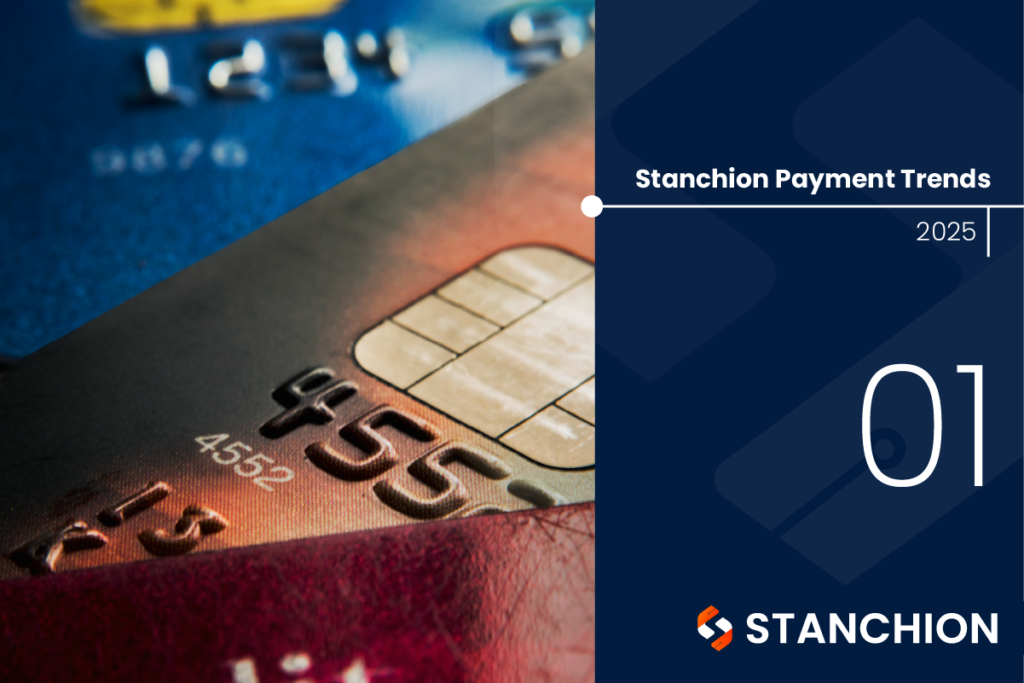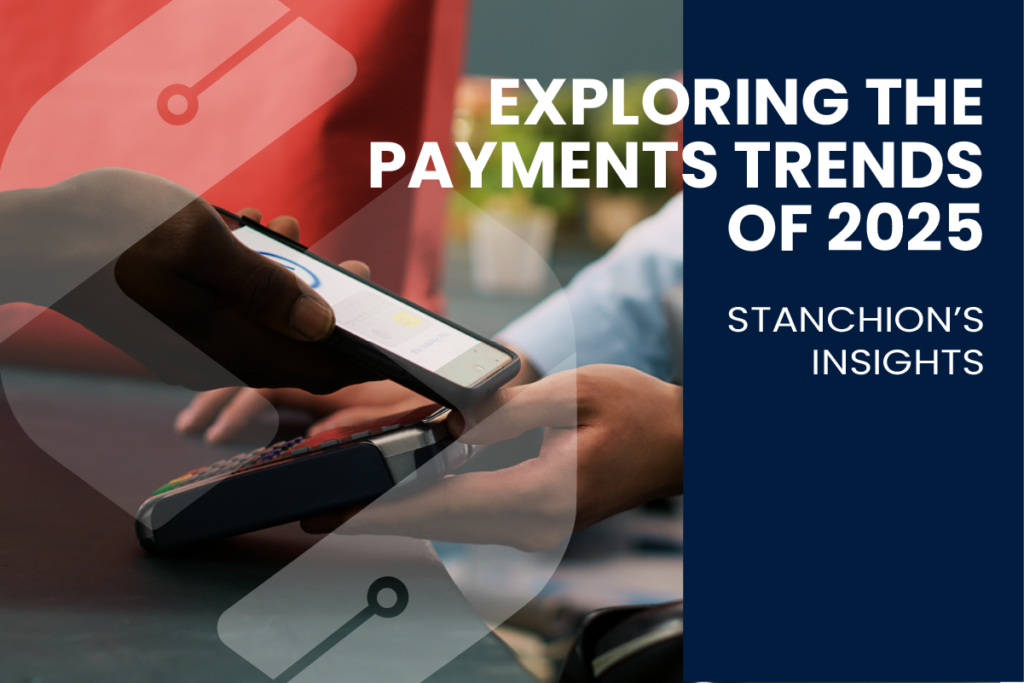
Title of Report: 2024 Global Payments Report – Fortune Favors the Bold
Report Link: Fortune Favors the Bold: Global Payments Report 2024 | BCG
Size of Report: 33 pages. Published Oct 2024
This year many of the Analyst reports focus on the message that Payments Growth is expected to drop. BCG’s view in their 22nd annual report is this will halve to around a 5% CAGR for the period to 2028. Like many other analysts they point to banks losing ground to fintech’s who are establishing brand trust. This will drive the agendas of tech modernisation and AI to improve operational efficiencies.
This frames BCG’s narrative for the report where the payments industry has reached a pivotal moment and where banks now need to act.
In the report BCG look at topics that will play key roles in shaping the next frontier of value. These include technology modernization, generative AI, instant payments, digital currencies, risk and compliance. BCG also explore how banks can and must reinvent payments and transaction banking. Unfortunately, banks are leaving it very late to act.

The days of easy growth are over. Only Asia-Pacific is likely to see payment revenues expand at a rate exceeding the prior five-year average. In relative terms, two regions being LatAm and Middle East/Africa will see the largest jump in growth, with revenues projected to increase by 9% and 7%, respectively. Factors contributing to this view are
- Structurally, the shift from cash to digital payments is reaching its peak.
- Depressed credit card revenues will continue as lenders maintain tight underwriting standards in response to rising charge-offs and difficult funding conditions. Interchange fees will remain flat or decline in response to continued global regulatory actions.
- Regulatory costs are higher, and many infrastructure initiatives such as faster payments, central bank digital currencies, and open banking frameworks require significant investment. Many could create revenue headwinds because they aim to lower the cost of payments acceptance.
- Regionally where growth is expected in the Middle East and Africa, card adoption and government investment in payment acceptance underlie most of the region’s expected revenue growth. And in Asia-Pacific, instant payments and non-card solutions such as Unified Payments Interface (UPI) continue to gain traction, although there is still considerable room for cards growth across the region, given the growth of the middle class.
The report has many useful infographics backing up the research and forecast.
In the acquiring domain once an investor favourite, growth will stabilize at a 6% CAGR through 2028 with vertical solution providers such as integrated software vendors (ISVs) and payment facilitators (payfacs) to lead in volume growth and pricing leverage. Incumbent acquirers must choose now between maximising volume as a flexible backend or securing pricing premiums through industry-specific vertical differentiation.
For the Issuer domain which has trailed the broader payments industry for the last decade in value, growth is also projected to slow to around 6% through 2028, driven by higher interest rates, regulatory fee caps, and the rising costs of funding loyalty programs. To enhance valuation growth, many leaders are turning to connected commerce solutions that link merchants with consumers and diversify revenue streams through affiliated marketing or referral fees.
BCG’s report then sets out solutions in sections that can be taken. These include:
- Modernise the smart way. This isn’t more tech but the right tech. This requires a rationalised, modular, scalable cloud-based architecture essential for driving better unit economics, faster product innovation, and deeper customer value. Across the industry, suboptimal architectures are saddling companies with unnecessary costs, technical debt, and risk. Examples of solutions are orchestration tech companies. Whilst not mentioned by BCG, payment fabric is another strategy that can be used here. Exhibit 5 on page 12 has a useful diagram depicting a modern Payments Infrastructure with three core elements.
- No time to waste. Comprehensive business case analysis can help leaders identify which layers of the tech stack have the strongest returns within a maximum payback period of 3 to 4 years. Modernisation
requires a granular, multiyear roadmap. Payment hubs and outsourcing can serve as alternatives in situations where owning the tech modernisation program internally delivers insufficient ROI. Again, payment fabric to wrap as an overlay core issuing platforms and payment switches is another viable option suitable for mid-size and smaller banks and those in emerging markets.
- The longer one waits for AI the more there is to lose. Payments companies face a major GenAI readiness gap: 85% believe the technology is transformational, but only 18% have a well-defined strategy and implementation underway.
- Its time for banks to re-invent Payments. This should be a CEO priority. Current models are not competitively sustainable, and banks can’t afford further loss of market share. Cash management and payments are anchor products that generate customer engagement, cross-selling opportunities, and valuable transaction data for banks. But most banks lag market leaders. Exhibit 7 on page 18 is a useful picture of how Banks Should Use Three Levers to Drive Payments Revenue Growth. This includes:
- Put data to work
- Lean into embedded payments
- Unify the payments organisation
- Partner to advance strategic priorities
- A common 2025 theme among all analysts is to make way for Instant Payments, now live in over 60 markets. High-adoption markets share several common traits: regulatory mandates, compelling value proposition for both senders and receivers, attractive pricing, strong security, features that support use case acceptance in the wider payments’ ecosystem. Government incentives enabling merchant onboarding such as QR codes and, in extreme cases, demonetisation have played a key role in success.
- Shape digital currencies or be ruled by them. Whilst recognising it is having a rocky start many pilots are underway, so learnings are to be gleaned. Several things need to be resolved including:
- Architecture. Robust technological infrastructure to support digital currencies is still in development. That infrastructure must integrate into the wider payments ecosystem to ensure scalability, security, and efficiency.
- User experience is another critical factor. Digital currencies must be as easy and intuitive to use as traditional currencies. Facilitating usability will require seamless interfaces, robust customer support, and ongoing education to foster trust and confidence.
- Interoperability is essential. Different digital currencies and payments systems must work together.
- Don’t make risk and compliance an afterthought as the cost of inaction is mounting. Examples:
- In the EU, the Digital Operational Resilience Act (DORA) has introduced stringent requirements on financial entities, and the upcoming AI Act will impose further obligations.
- In the US, the practices of middleware platforms in the banking-as-a-service space have come under significant scrutiny. This has led many payments companies and fintechs to reassess their third-party partnerships and go-to-market strategies.
- A best-in-class operating model consists of five layers, from strategy to people and culture, with each layer carefully constructed to give leaders the oversight they need. Page 26 exhibit 10 shows this target operating model.
If you enjoyed the content and approach we have taken, here are 4 suggestions of how to engage for more:
- Follow our Stanchion LinkedIn Page and join our engaged community.
- Request a call with our author and Chief Growth Officer, Norman Frankel
- View our On-demand Webinar series on Payment Fabric and the research IDC did here, additionally we can send you two reports that summarise the output of the research IDC did covering 150 banks.
- Drop us an email at engage@stanchionpayments.com with your thoughts, we would love to hear from you.
We wish you a successful 2025 delivering on your business priorities, remaining customer relevant, agile in your project change and avoid fraud from the rapidly growth in financial crime as instant real-time payments, QR code-initiated payment adoption and use of ever advancing AI tools continue to accelerate.


 Verto
Verto Switchcare
Switchcare Professional Services
Professional Services

